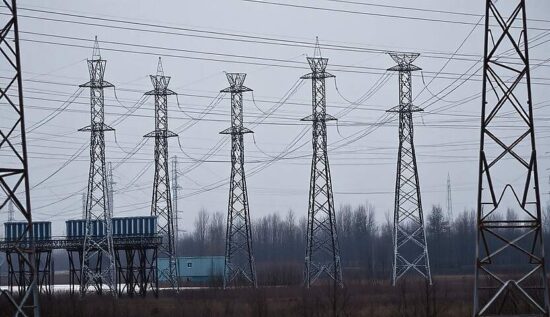According to data from the energy exchange Nord Pool, electricity prices in Lithuania, Latvia and Estonia have significantly increased since the three small Baltic EU member states disconnected from the Russian grid and began importing electricity from Poland.
Prior to February 8, when Lithuania, Latvia and Estonia were still connected to the Russian grid, the average price of one megawatt-hour of electricity was around 62 euros. However, the price began to rise sharply on February 9, following the disconnection.
On Tuesday, the average price of one megawatt-hour reached 190 euros, with peak prices of 340 euros in the morning and evening. The trend continued on Wednesday, with the average price forecast to reach 230 euros and a peak of 483 euros in the late afternoon.
The three EU and NATO member states had been preparing for the disconnection for a long time. Technical and financial issues had delayed the process, despite the countries having already abandoned Russian electricity and gas supplies shortly after the outbreak of the Ukraine war. In total, Lithuania, Latvia, Estonia and Poland invested 1.6 billion euros in the project to synchronize their power grids.
The countries justified their decision with security concerns, stating that disconnecting from the Russian grid would prevent Russia from using the power grid as a tool of coercion. The EU’s foreign affairs chief and former Estonian prime minister, Kaja Kallas, described the move as a victory for democracy. Lithuanian President Gitanas Nausėda said at a ceremony in Vilnius, “Goodbye, Russia! Goodbye, Lenin!” The President of the European Commission, Ursula von der Leyen, also commented, stating that the last remaining link to Russia had been severed.
In a speech to the European Parliament in Strasbourg at the end of January, von der Leyen noted that energy prices in the EU were structurally higher than in the US and China and that there were significant fluctuations within the EU as well. She called on EU member states to take action and address the “exorbitant” energy costs, urging more innovation and investment to, among other things, decarbonize the energy sector.





